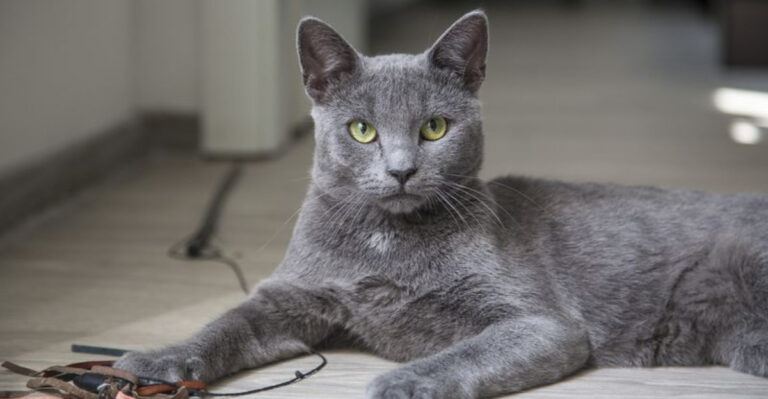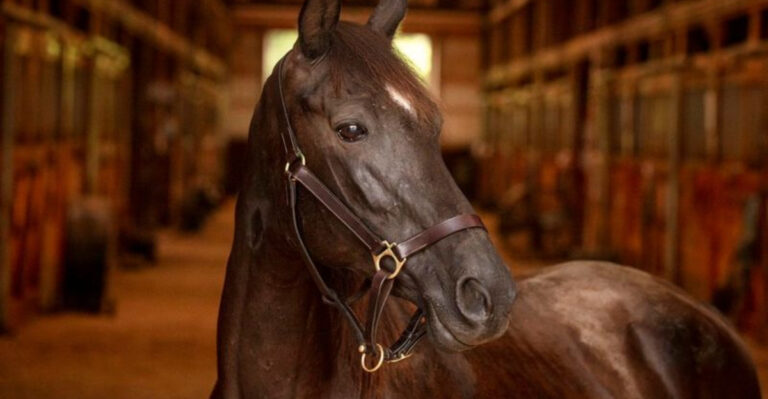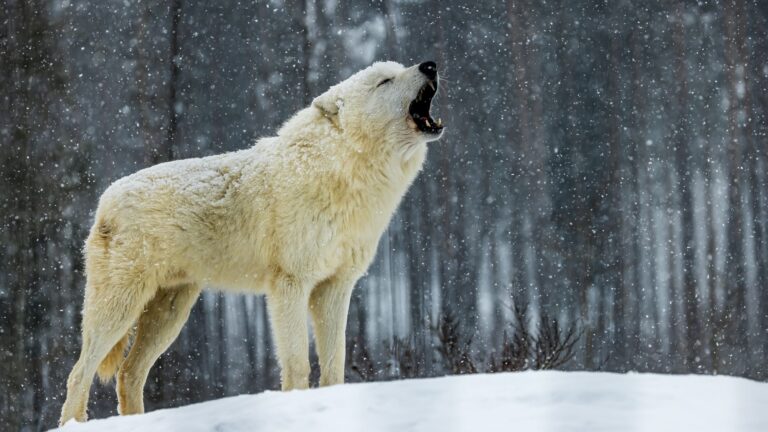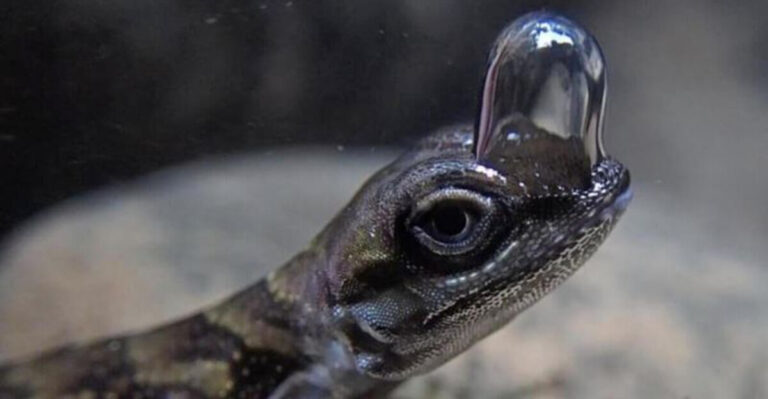6 Signs That Your Horse May Be Unhappy
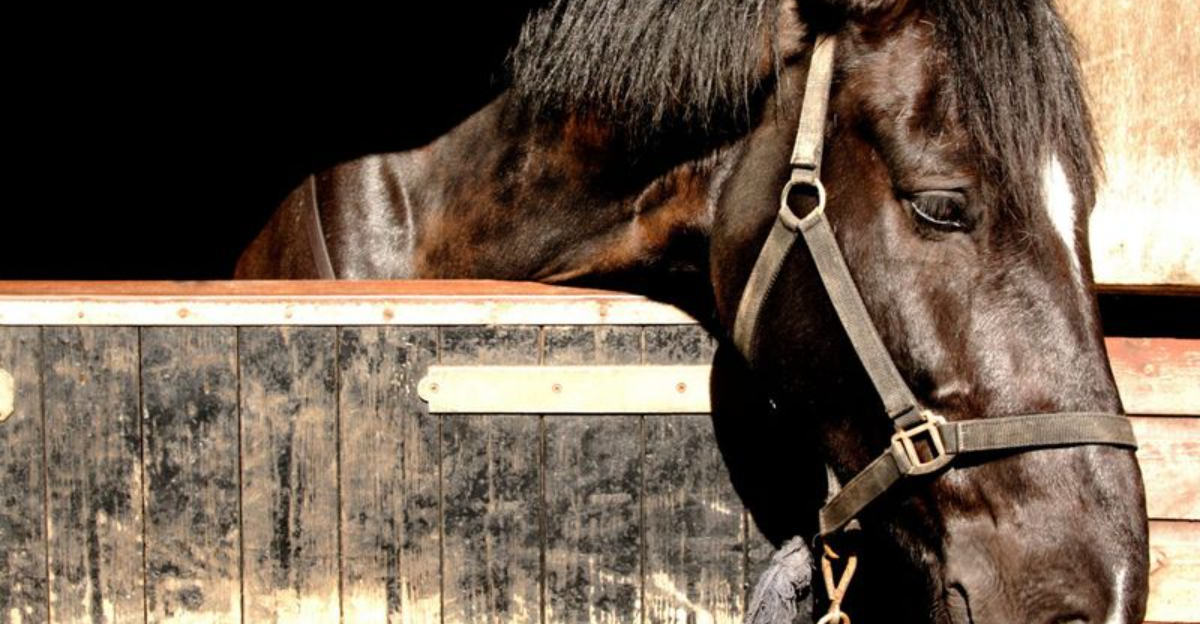
Horses, like humans, have their own ways of expressing emotions, and understanding these signals can greatly enhance your relationship with them.
An unhappy horse may not vocalize its feelings, but subtle cues in its behavior and appearance can speak volumes. Whether you’re a seasoned equestrian or a new horse owner, recognizing the signs of equine discontent is crucial for your horse’s well-being.
Let’s explore a few telltale signs that your horse might be unhappy, providing insights and advice to ensure your equine friend is living its best life.
1. Change In Appetite
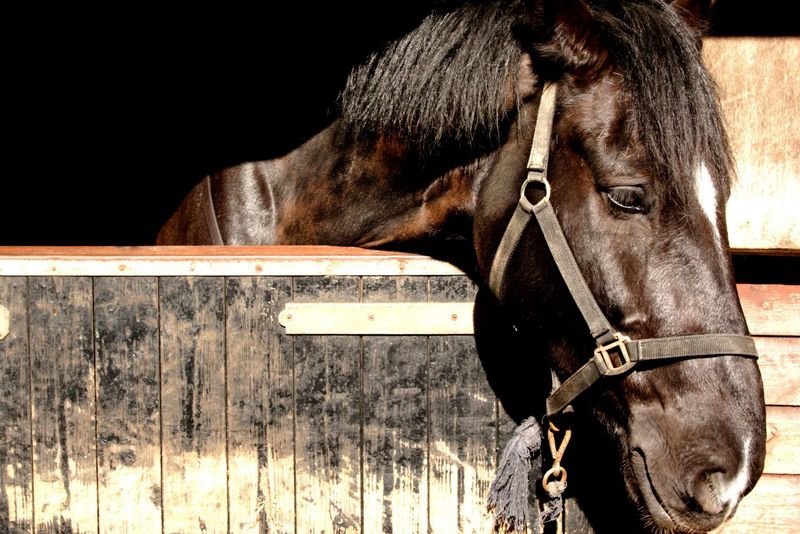
A horse’s appetite can be a clear indicator of its mental and physical health. If your equine companion suddenly shows a decreased interest in food, it could be experiencing stress or discomfort.
This behavioral change might seem minor at first, but it’s essential to pay close attention. Horses are creatures of habit, and a change in eating patterns often signals deeper issues.
Reduced appetite can be linked to various factors, such as changes in environment, illness, or even boredom.
An unhappy horse might nibble at its feed, take longer to finish meals, or ignore them altogether. The loss of interest should prompt you to evaluate changes in the horse’s environment and routine.
Engage with your horse during feeding times. Observing closely will help you determine if the disinterest in food is temporary or a sign of an underlying problem. Consider consulting a veterinarian if the behavior persists, as it could indicate issues like dental problems or digestive discomfort.
Ensuring your horse’s diet is both nutritious and appealing can play a significant role in restoring its appetite and overall happiness.
2. Lack Of Social Interaction
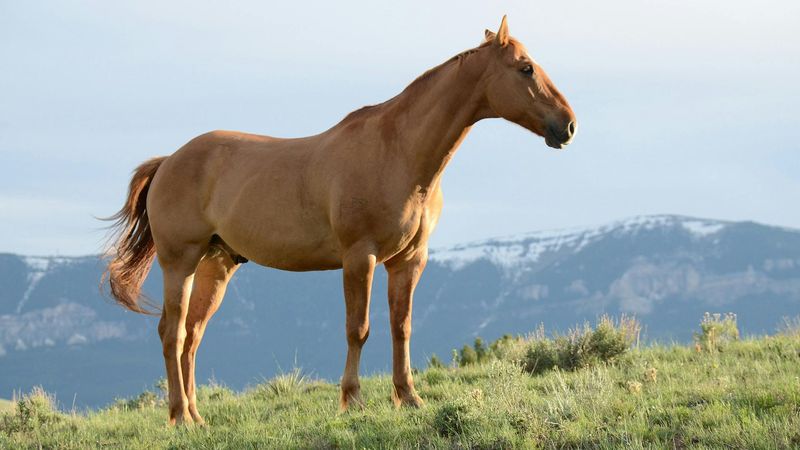
Horses are inherently social creatures, thriving in environments where they can interact with other horses. If your horse seems to withdraw from social activities or isolate itself from the herd, it could be a sign of unhappiness. Social interaction is vital for a horse’s mental stimulation and emotional balance.
Isolation can stem from various causes, including changes in the herd dynamics or individual health issues. A horse that feels unwell or threatened might choose solitude over social engagement. Observing how your horse interacts with others can provide valuable insights into its emotional state.
Encourage positive interactions by ensuring your horse has ample opportunities to socialize. This might involve rearranging herd members or introducing new companions to foster a harmonious environment.
Regularly spending time with your horse can also strengthen the bond between you and help alleviate feelings of loneliness. Monitoring and adjusting the social setting can lead to a happier, more engaged horse.
3. Excessive Yawning
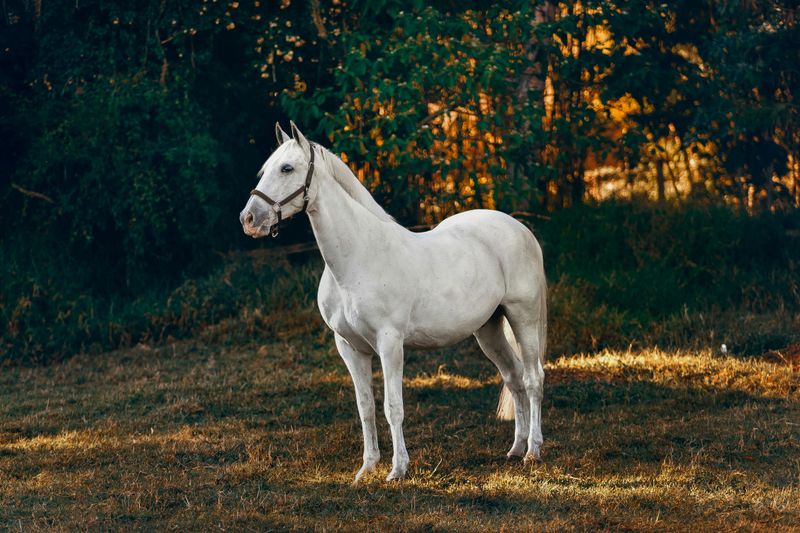
While yawning in horses can be a normal behavior, excessive yawning may indicate stress, discomfort, or unhappiness. This behavior might be your horse’s way of attempting to release tension or cope with underlying issues. Yawning excessively could be linked to pain or anxiety your horse is experiencing.
Observe your horse in different settings to determine if the yawning correlates with specific activities or environments.
Sometimes, the act of yawning can be a subtle cry for help, especially if accompanied by other signs of discomfort. Monitoring additional behaviors, like teeth grinding or restlessness, can offer further clues.
If yawning persists, it’s advisable to seek veterinary advice to rule out physical problems. Ensuring your horse’s living conditions are stress-free and comfortable can help reduce anxiety levels. Addressing these issues promptly will contribute to improving your horse’s happiness and well-being.
4. Aggressive Behavior
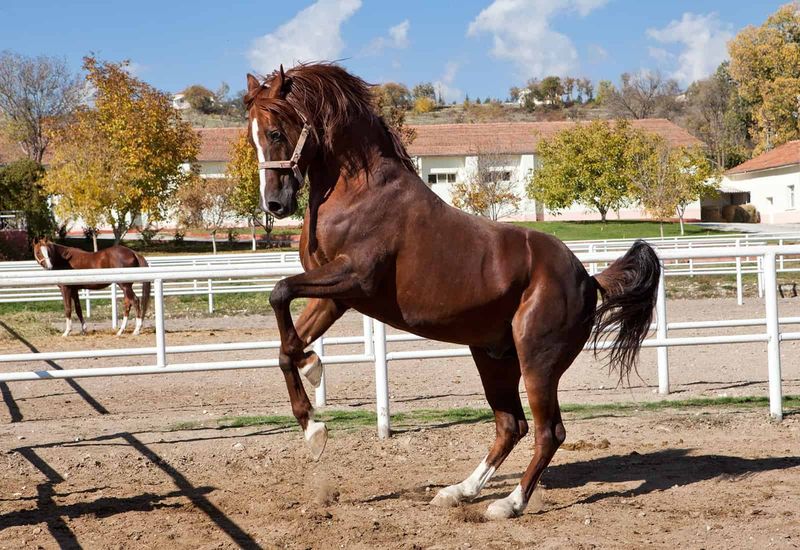
Aggression is an unmistakable sign that something may be amiss with your horse’s emotional state. This behavior can manifest as biting, kicking, or charging and is often a response to stress or frustration. Horses might resort to aggression when they feel threatened or are in physical pain.
Identifying the root cause of aggressive behavior is critical. Stressors such as overcrowded environments, lack of exercise, or conflicts within the herd can provoke these reactions. Understanding the specific triggers can help you address the situation effectively.
Provide your horse with a calm environment and adequate space to reduce stress. Regular exercise and mental stimulation can also diminish feelings of aggression. Consider consulting an equine behaviorist if the aggression continues, as professional guidance may be necessary to resolve underlying issues.
5. Tail Swishing
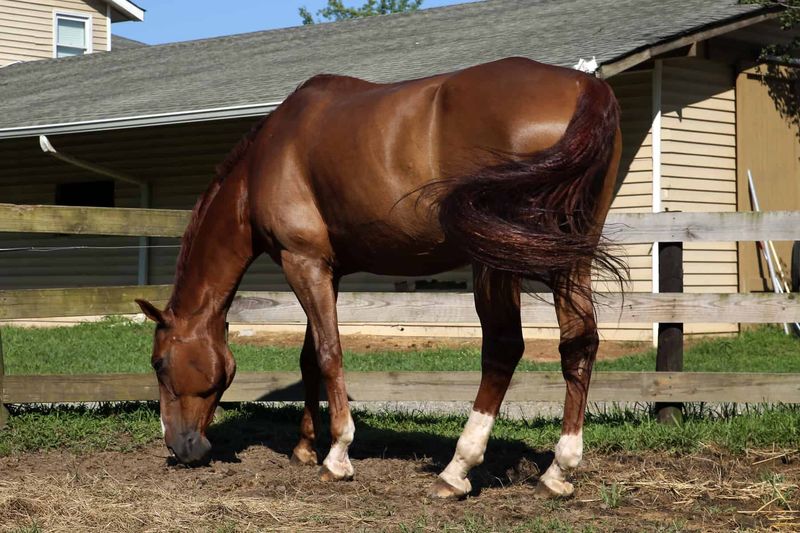
Tail swishing is a common behavior in horses, often seen in response to flies or irritation. However, when this action becomes frequent and vigorous, it may signal annoyance or discomfort. Swishing the tail can be an expression of frustration, indicating that the horse is struggling with its environment or situation.
Observe when and why your horse engages in excessive tail swishing. Is it happening during grooming, riding, or when other horses are nearby? These observations can help pinpoint potential irritants or stressors. It’s vital to consider the context in which this behavior occurs to address the root cause effectively.
Ensuring that your horse’s living conditions are comfortable and free from irritants is essential. Regular grooming, fly control measures, and proper fitting tack can help alleviate tail swishing. By addressing these factors, you’ll contribute to a more relaxed and content horse.
6. Changes In Movement
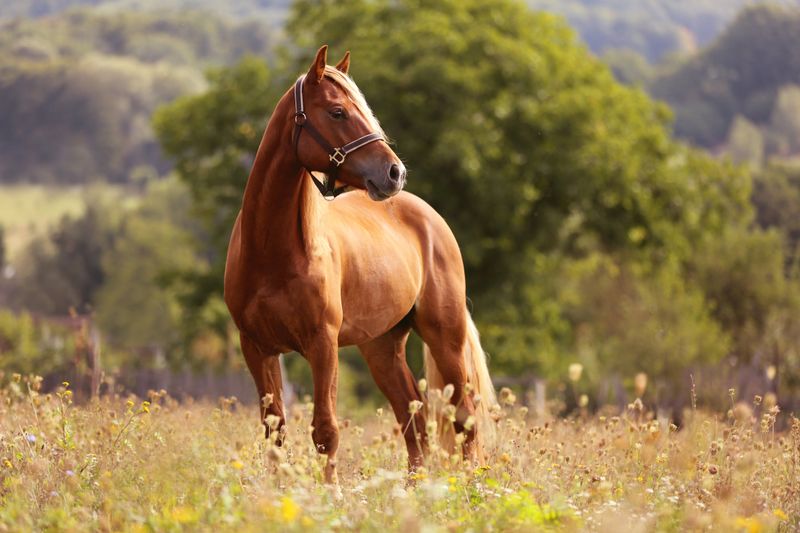
Changes in your horse’s movement can be a red flag for unhappiness, indicating discomfort or pain. A previously active horse that suddenly becomes lethargic or exhibits stiffness might be experiencing issues that require attention. Movement is essential for a horse’s physical health, and reluctance to move can diminish its quality of life.
Notice how your horse moves in different situations, such as when being ridden or at liberty. Reluctance to move or favoring one side might suggest musculoskeletal problems or hoof pain. Observing these changes can help identify areas of concern.
Regular veterinary check-ups and proper hoof care are vital in maintaining your horse’s well-being. Adjusting exercise routines to suit your horse’s needs can also play a significant role in its physical and emotional health. By addressing movement issues timely, you’ll help ensure a happy and healthy horse.

